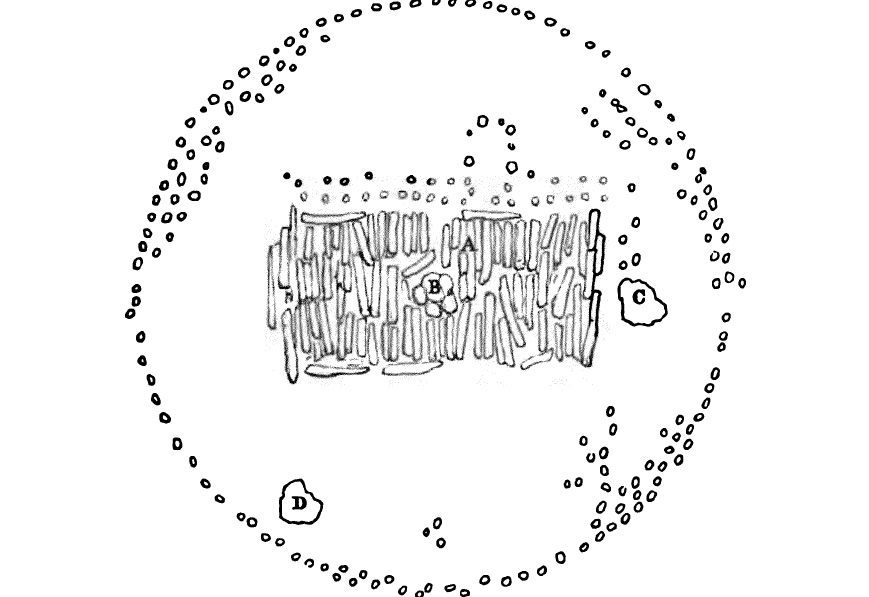<![CDATA[In Norfolk, there is a historic site on a beach that is about 4000 years old, just like its neighbour, Stonehenge. Like Stonehenge, Seahenge has drawn the awe and admiration of thousands of visitors every year, and just like its neighbour, Seahenge is also mostly a mystery. Recent studies suggest however that the circular monument may have been farther up inland but was eroded by the rising seas. The monument is thought to have been a tribute to the dead and has been dated back to around 2049BC. Seahenge, which is also known as Holme I, was a monument located in Holme-next-to-the-sea, in the English county of Norfolk. It was a timber circle with an upturned tree root in the centre. It consisted of an outer ring of over 50 small split oak trunks, with the split sides facing inwards and their bark facing outwards. Sites like these usually serve for religious purposes. It was named Seahenge by the British media after the Stonehenge in Wiltshire back in 1998, and interest ramped up so much that controversy erupted when researchers made plans to excavate the area. Protests were staged, mainly from Neopagans and other groups, saying that the Bronze Age memorabilia should be respected. There are actually two of these timber circles on the beach, but the tide and sand has completely submerged one of them. Recently, archaeologists using samples that were already collected before the excavation was stopped, and from decaying matter on the beach, counted the growth in the rings of the timbers, and concluded that the trees were felled in the spring or summer of 2049BC. The second timber circle on the beach, known as Holme II, surrounded two oak trees instead of one, but these oak trees were laid flat. However, storms and harsh winters have washed away and decayed that site. The timbers of Holme I also show the oldest use of bronze tools in Britain. Archaeologists believed that it was a major project by a community, as 36 separate axes were used. An environmental officer at Norfolk county council believes that the Holme II circle might have also served as the burial ground for an important person. The circle may have been covered by a burial mound, with the central oak trees used to support the coffin. He believes that the two timber circles must have been built at the same time because of the significance and meanings behind them. There is strong connection between both timber circles at Seahenge and also Stonehenge. These structures could also have served as a symbol instead of an actual burial site, to symbolize death and life. At the moment, archaeologists can only work on the few pieces of information that they have, since there will be no more excavations in these areas in the near future.]]>
Seahenge May Be the Same Age As Stonehenge
